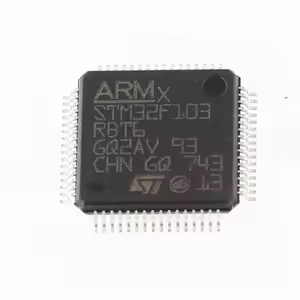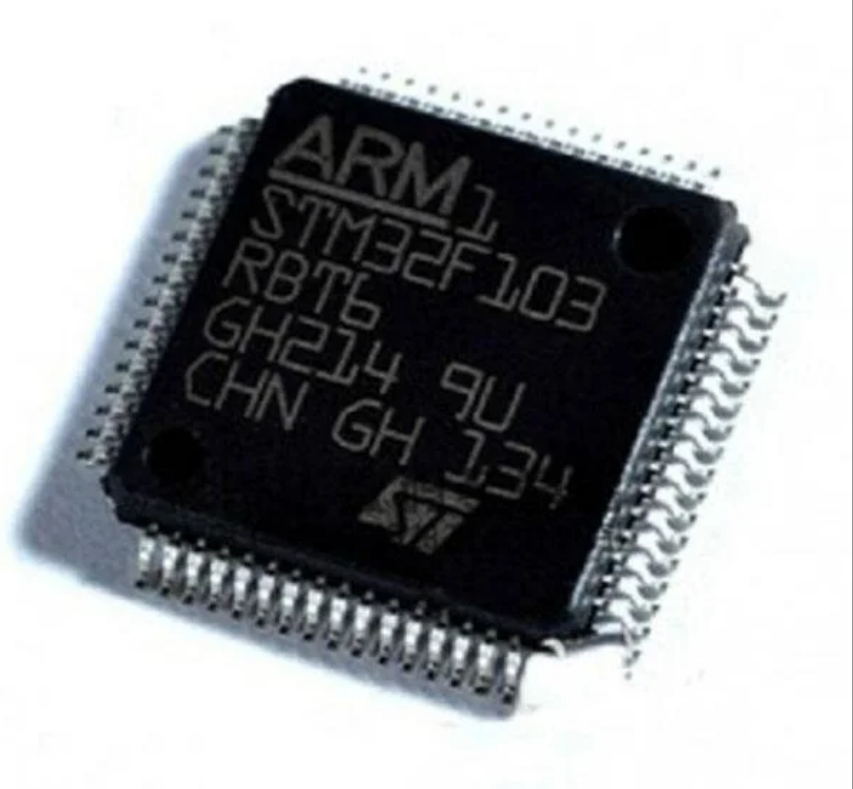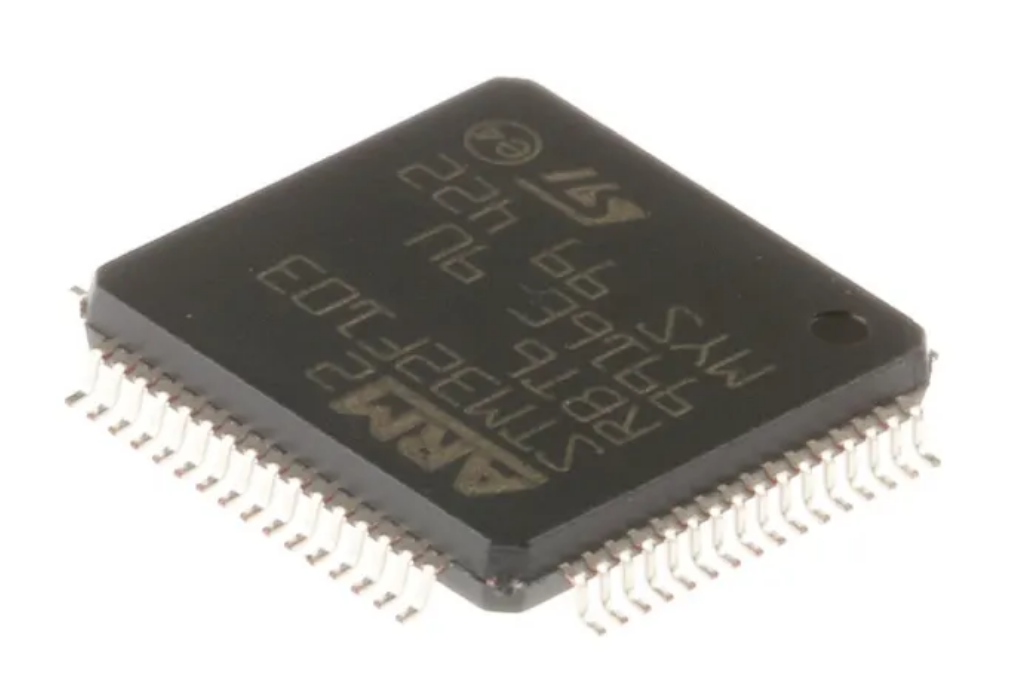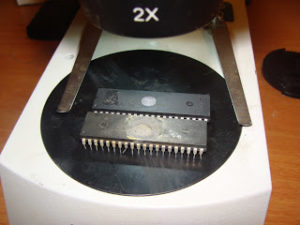Crack Microcontroller STM32F103RB Flash Memory
Cracking microcontroller STM32F103RB flash memory involves breaking the encrypted and secured firmware stored within its flash memory and EEPROM memory. This protective STM32F103RB MCU is designed to protect its binary, heximal, and program data from unauthorized access, using encryption and security features to lock its firmware. However, through advanced reverse engineering and cracking techniques, it is possible to decode and unlock the locked STM32F103RB microprocessor’s flash memory to access the embedded software and source code.

To start, experts first analyze the STM32F103RB’s microprocessor architecture to understand how the firmware is encrypted and protected. Using specialized tools, they attempt to attack the security layers and decrypt the locked memory. By reversing the firmware’s binary or heximal data, it becomes possible to recover the original program and restore it for use in similar systems or applications.

Unlocking the flash memory of the STM32F103RB enables the replication or cloning of the program, allowing for system restoration or hardware duplication. For example, if the firmware has been corrupted or is no longer accessible, decrypting the flash memory can recover the original software and restore full functionality. Additionally, the decoded firmware can be modified or adapted for use in new devices.
However, cracking the STM32F103RB flash memory must be performed with caution and within legal and ethical guidelines. Unauthorized access or decryption of secured microcontroller firmware can violate intellectual property rights and lead to legal consequences. Therefore, these processes should only be carried out for legitimate purposes, such as system maintenance, repair, or authorized development.
Low- and high-density devices are an extension of the STM32F103x8/B devices, they are specified in the STM32F103x4/6 and STM32F103xC/D/E datasheets, respectively. Low- density devices feature lower Flash memory and RAM capacities from Crack Microcontroller STM32F103RB Flash Memory, less timers and peripherals.

High-density devices have higher Flash memory and RAM capacities, and additional peripherals like SDIO, FSMC, I2S and DAC in order to Motorola M68HC711KA4 Flash Memory Replication, while remaining fully compatible with the other members of the STM32F103xx family.
The STM32F103x4, STM32F103x6, STM32F103xC, STM32F103xD and STM32F103xE are a drop-in replacement for STM32F103x8/B medium-density devices, allowing the user to try different memory densities and providing a greater degree of freedom during the development cycle.
Moreover, the STM32F103xx performance line family is fully compatible with all existing STM32F101xx access line and STM32F102xx USB access line devices.

The ARM Cortex™-M3 processor is the latest generation of ARM processors for embedded systems. It has been developed to provide a low-cost platform that meets the needs of MCU implementation after Unlock MC68HC705C8A MCU Flash Memory, with a reduced pin count and low-power consumption, while delivering outstanding computational performance and an advanced system response to interrupts.
The ARM Cortex™-M3 32-bit RISC processor features exceptional code-efficiency, delivering the high-performance expected from an ARM core in the memory size usually associated with 8- and 16-bit devices when Crack TMS320F2806PZS Microcontroller Flash Memory.
The STM32F103xx performance line family having an embedded ARM core, is therefore compatible with all ARM tools and software.

